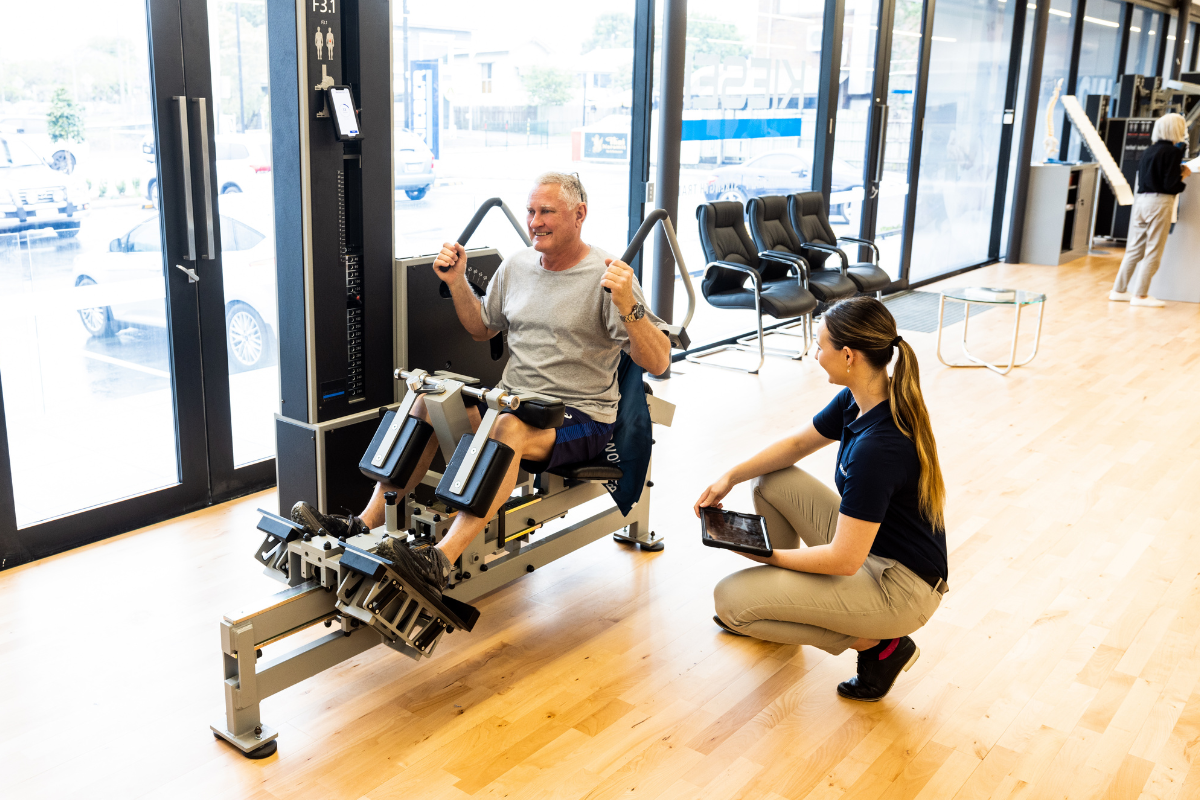Why Isolated Back Training Is Essential
Strong, supple muscles are invaluable: They make us feel more energetic and ready for action; They also make us more mobile and flexible: Targeted training of the back muscles improves both.
One thing is particularly important if we want a healthy, flexible spine: a strong muscle core. In this context, our deep back extensor muscles play a major role. They connect the individual vertebral bodies and in conjunction with ligaments and tendons, give the spine the required support.
Those with back problems almost invariably have weak back extensors and so the spine lacks stability. This is more likely to result in facet joint dysfunction and the premature degeneration of structures. The nervous system tries to compensate for this loss of stability by increasing muscle contraction. However, this causes muscle tension and strain therefore inducing pain. As a result, sufferers tend to reduce their level of activity and this establishes a vicious circle of pain and inactivity.
The right training works
In most cases, targeted strengthening of the back extensors can reduce, eliminate or prevent symptoms and in nine out of ten cases, it is even possible to avoid surgery. However, if you want to build up the key muscles, you must train on machines that immobilize the pelvis and allow isolated training of the target muscles. Without pelvic immobilization, the auxiliary muscles will take on some of the work and the back extensors will remain weak.
Keeping the back fit
To strengthen the lumbar muscles, you should train on the F3 or its new variant, the F3.1. The advantage of the new machine is that immobilisation of the pelvis has been further improved and this provides an even greater isolation of the target muscles. For those with chronic symptoms, we recommend training on our computer-aided Lumbar Extension Machine (LE) under medical supervision. This machine allows fully isolated training together with an in-depth analysis of the back and measures the actual strength of the back extensors.
To train the cervical muscles, we recommend the G5. The Cervical Extension (CE) Machine – also computer-aided – is recommended for those with chronic symptoms.
Strengthen the entire body
At the same time, it is important to train the muscles that give the spine extra stability and exibility. A back programme should also include, for example, exercises to train the straight and oblique muscles of the abdomen and the pelvic floor muscles. In addition, strengthening the rear thigh muscles and hips helps to maintain a good posture and give the back the support it needs.
Book your Inital Appointment today or find a physio clinic near you.






























